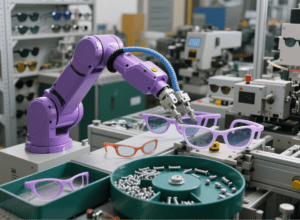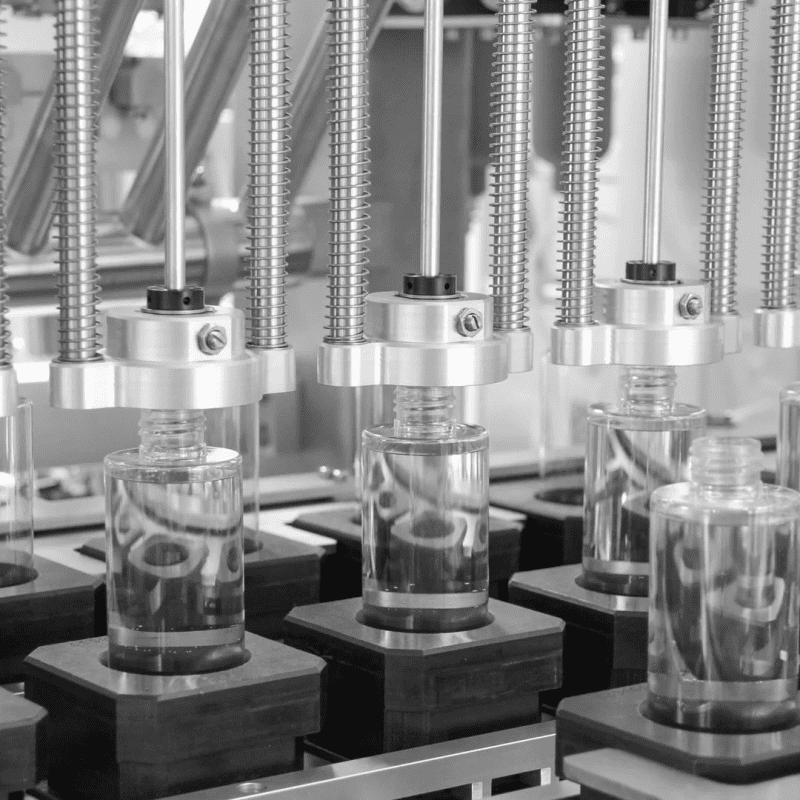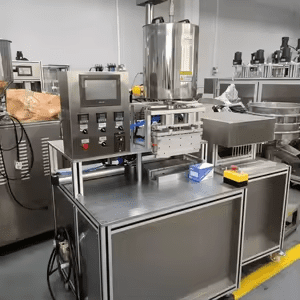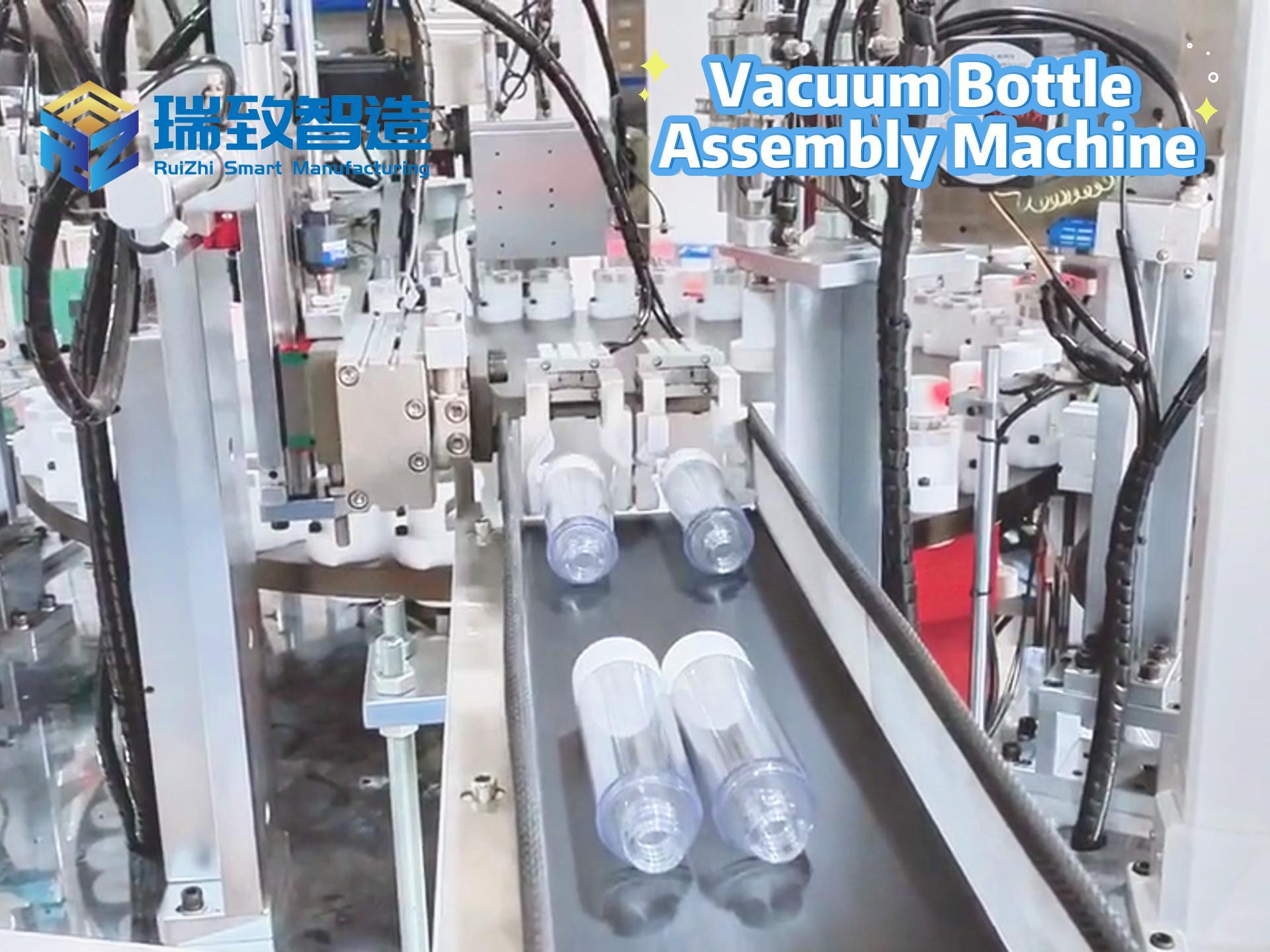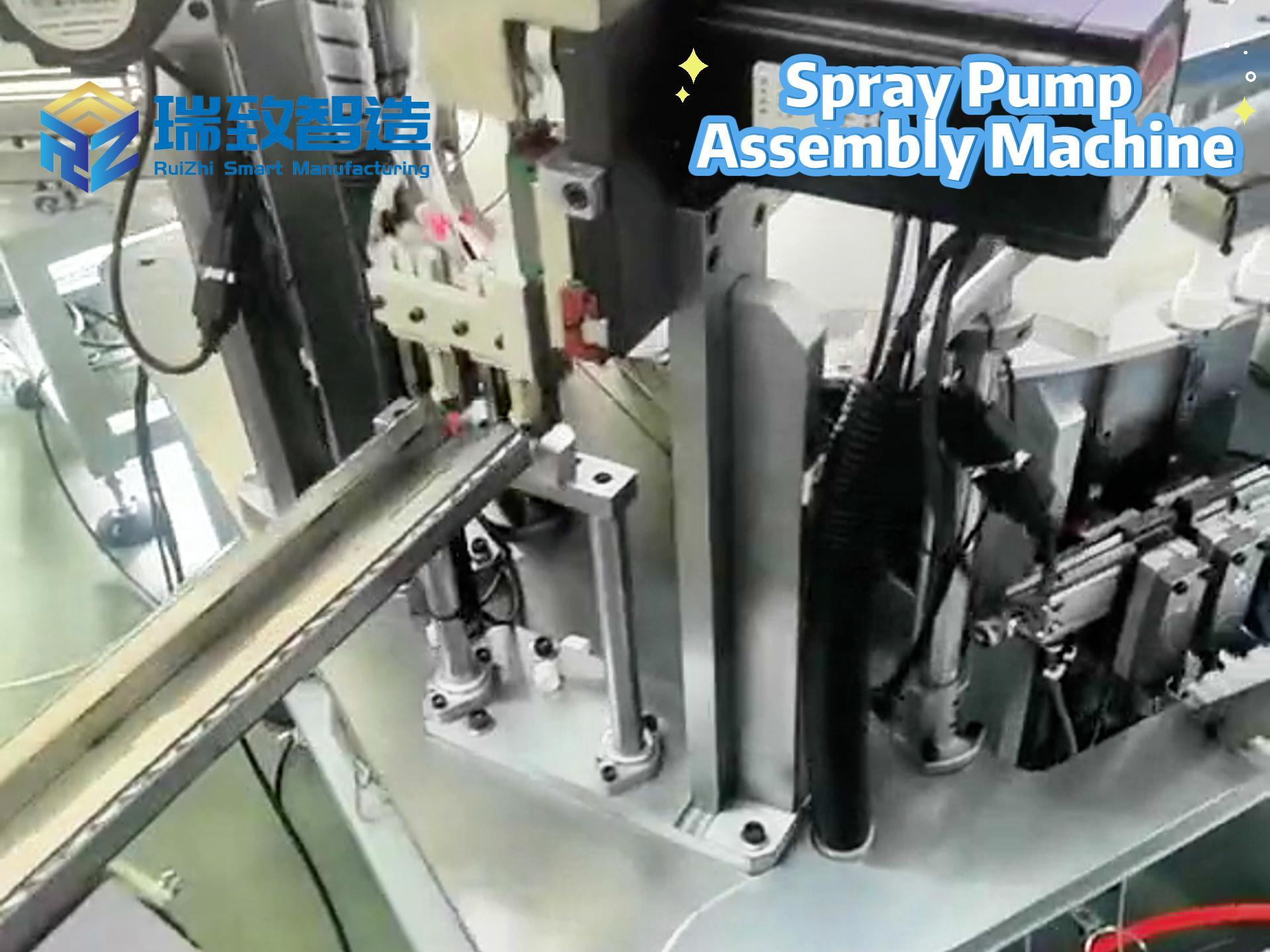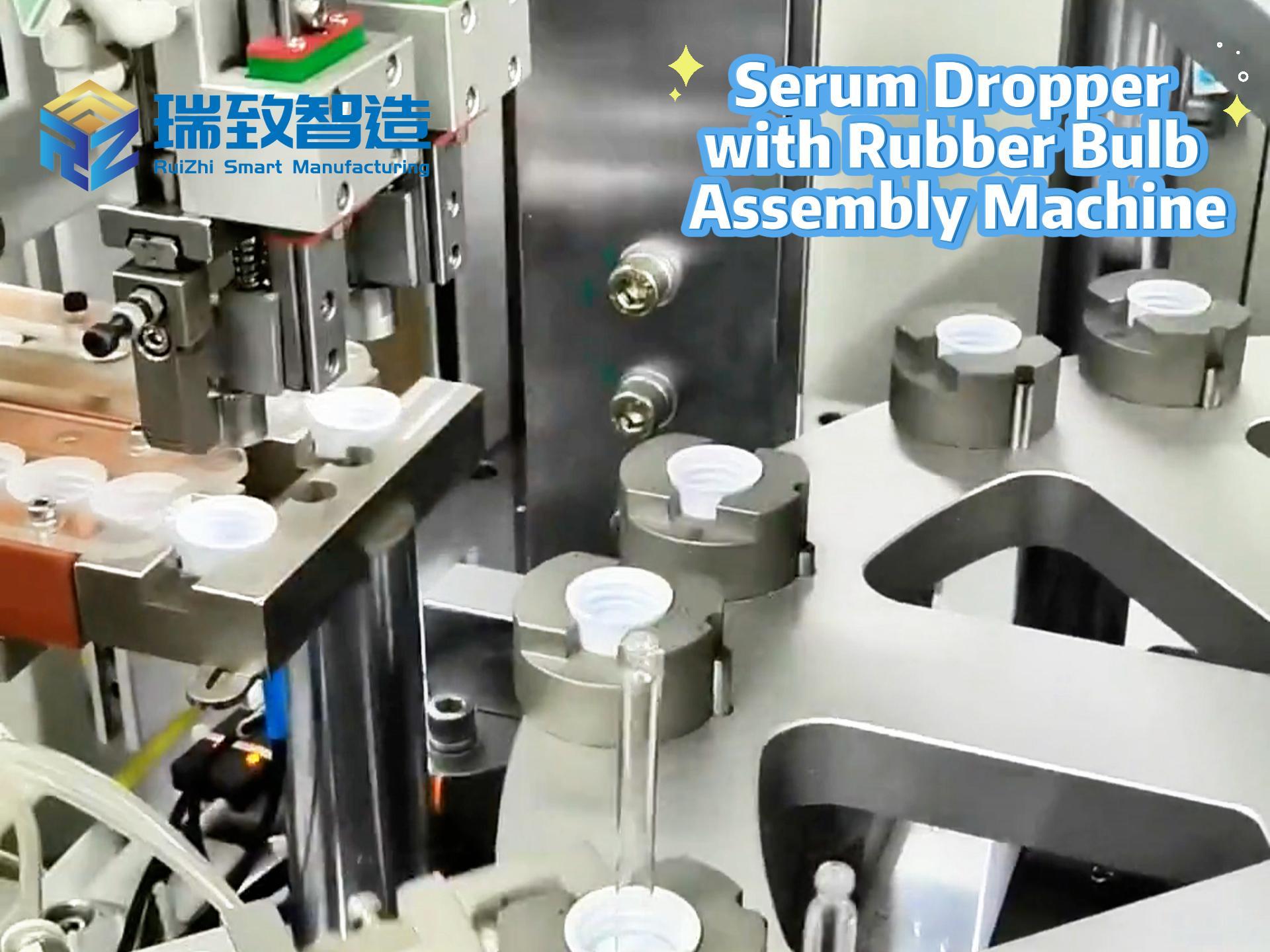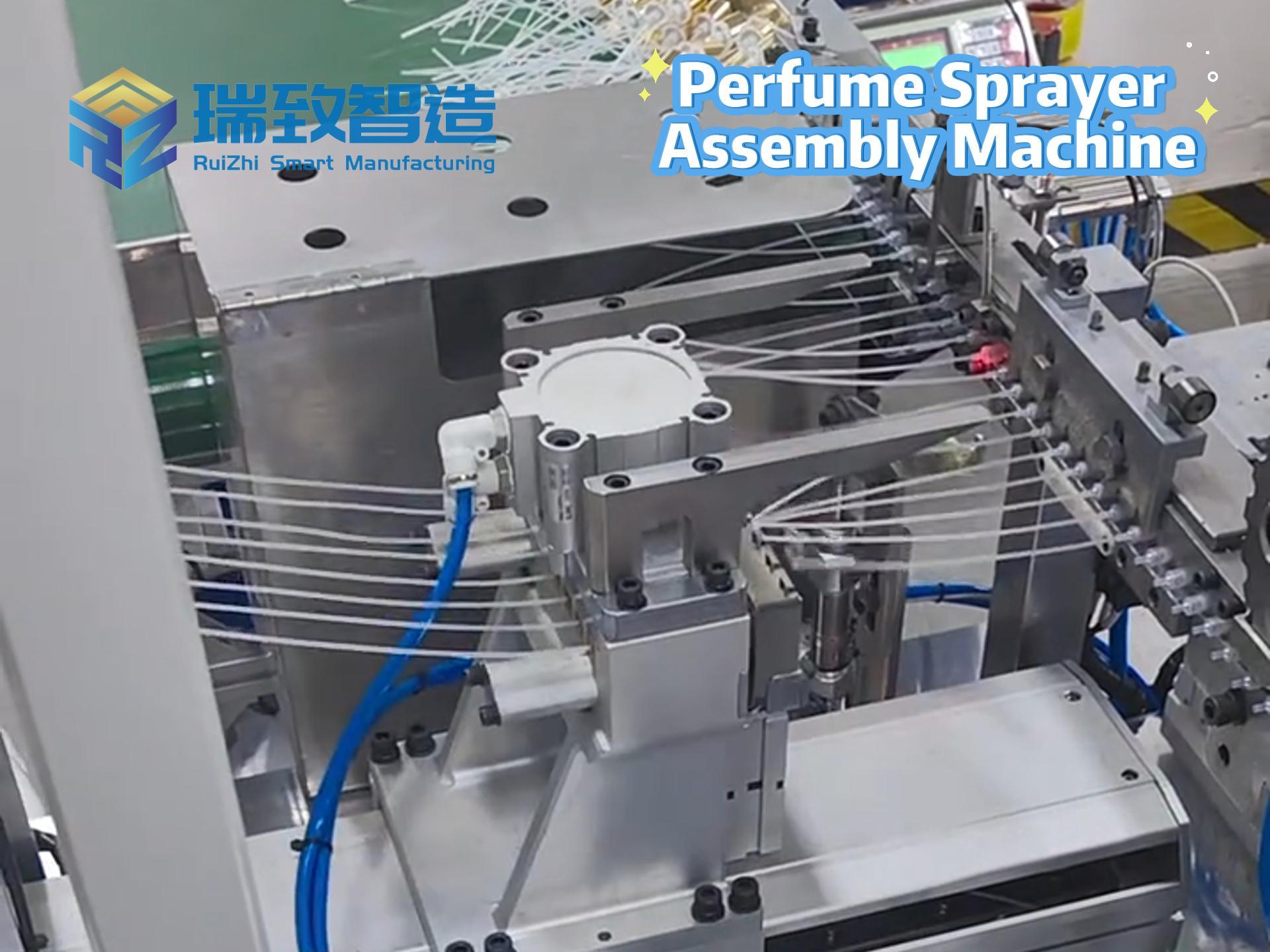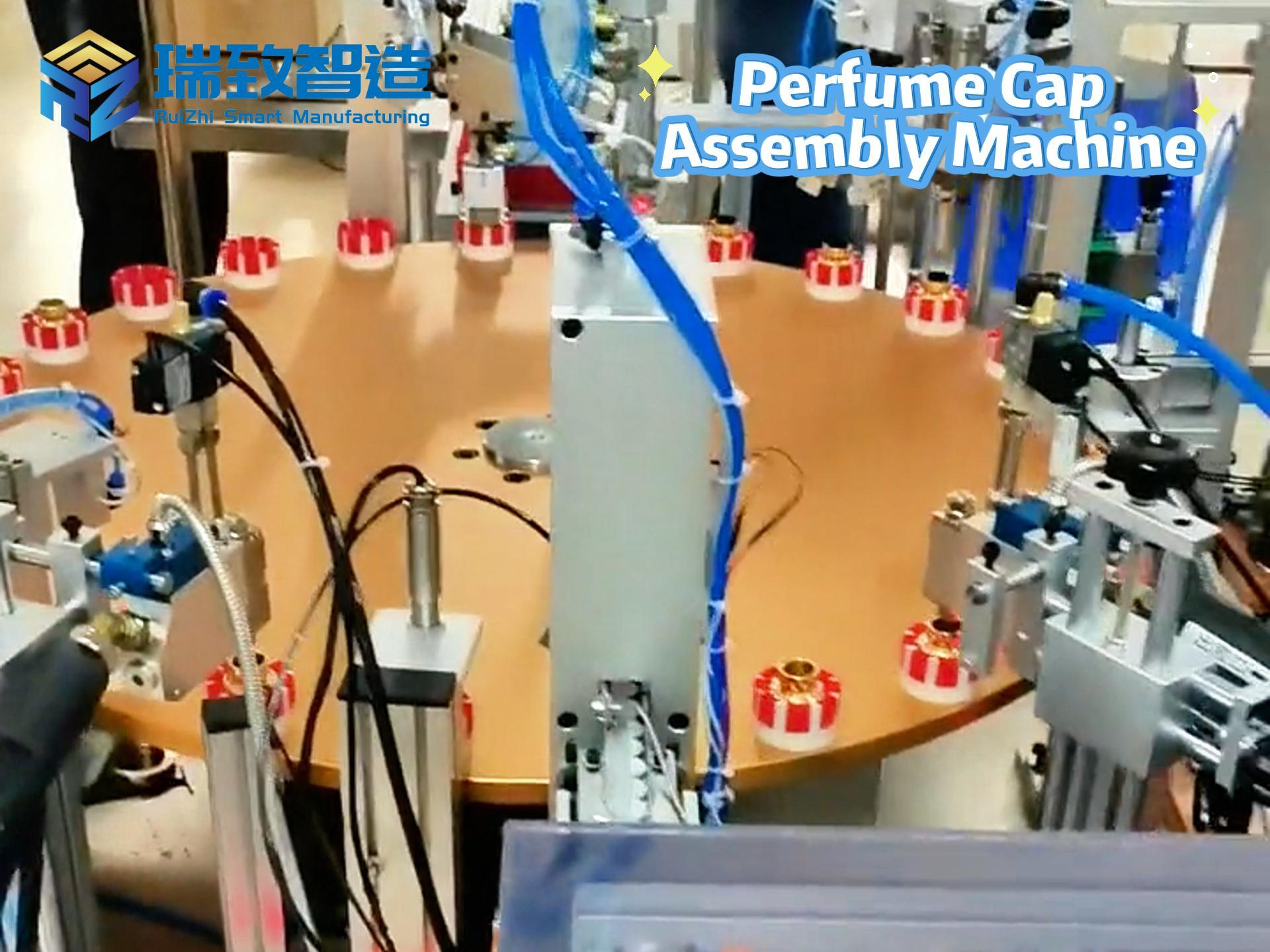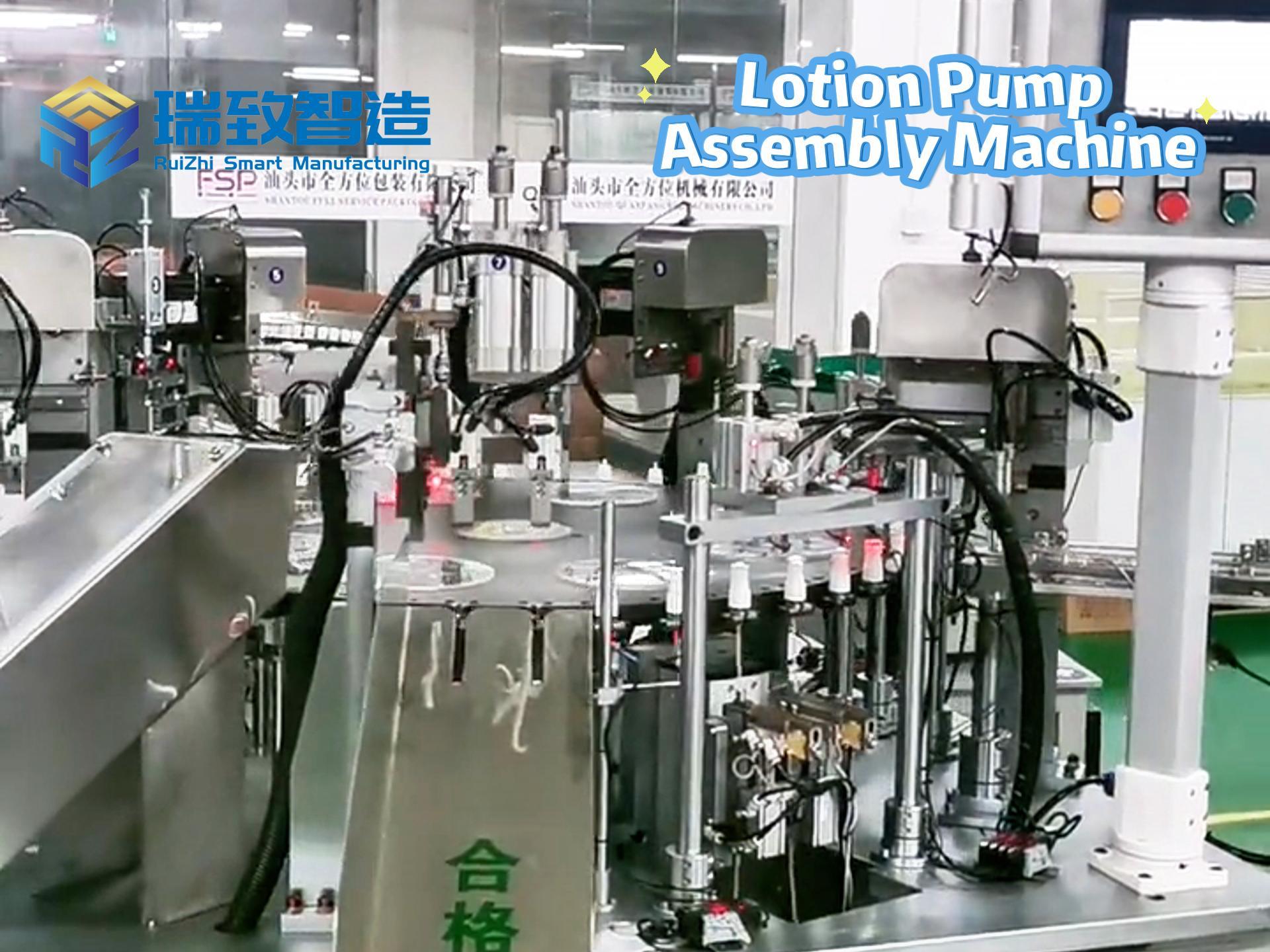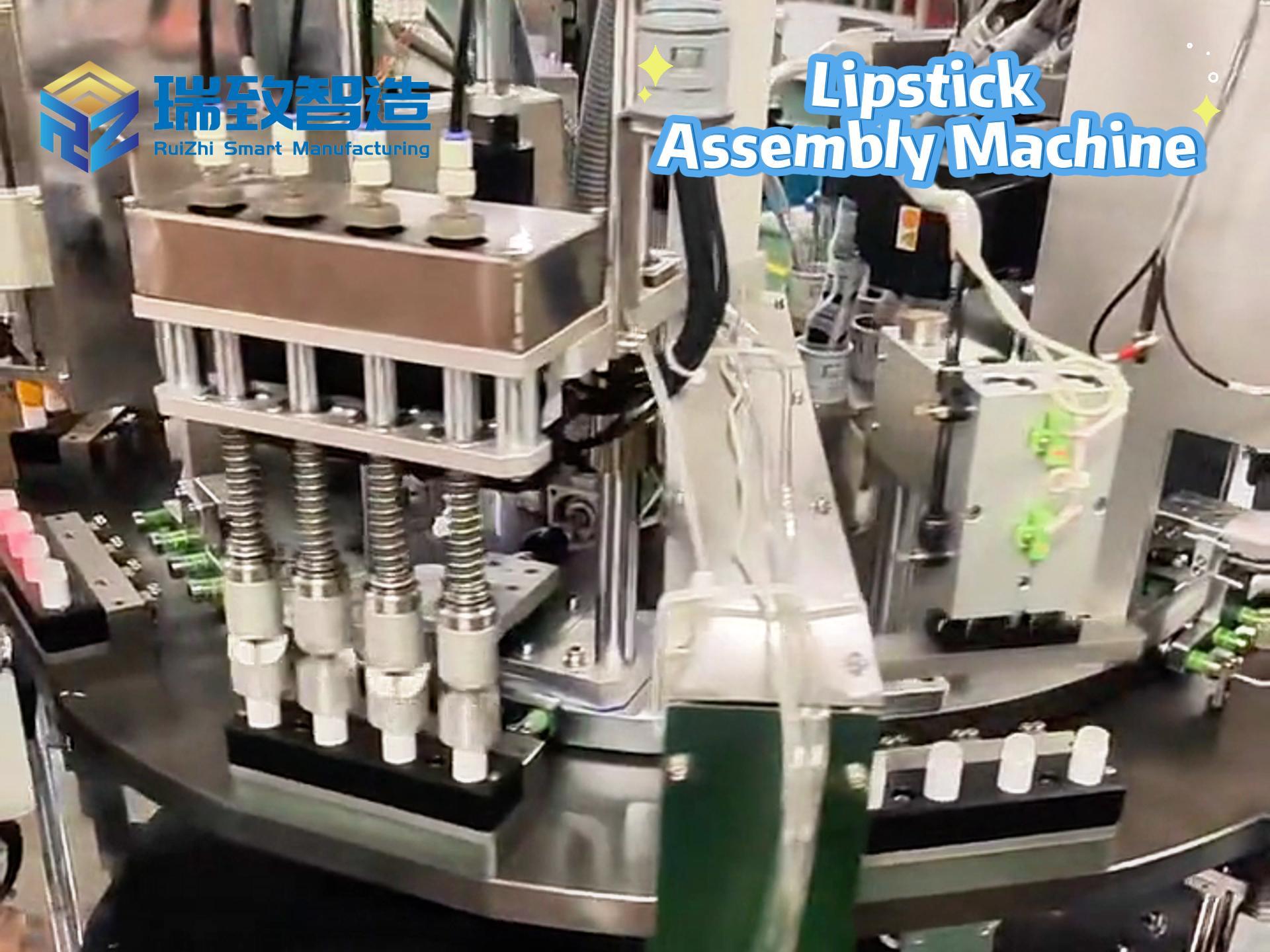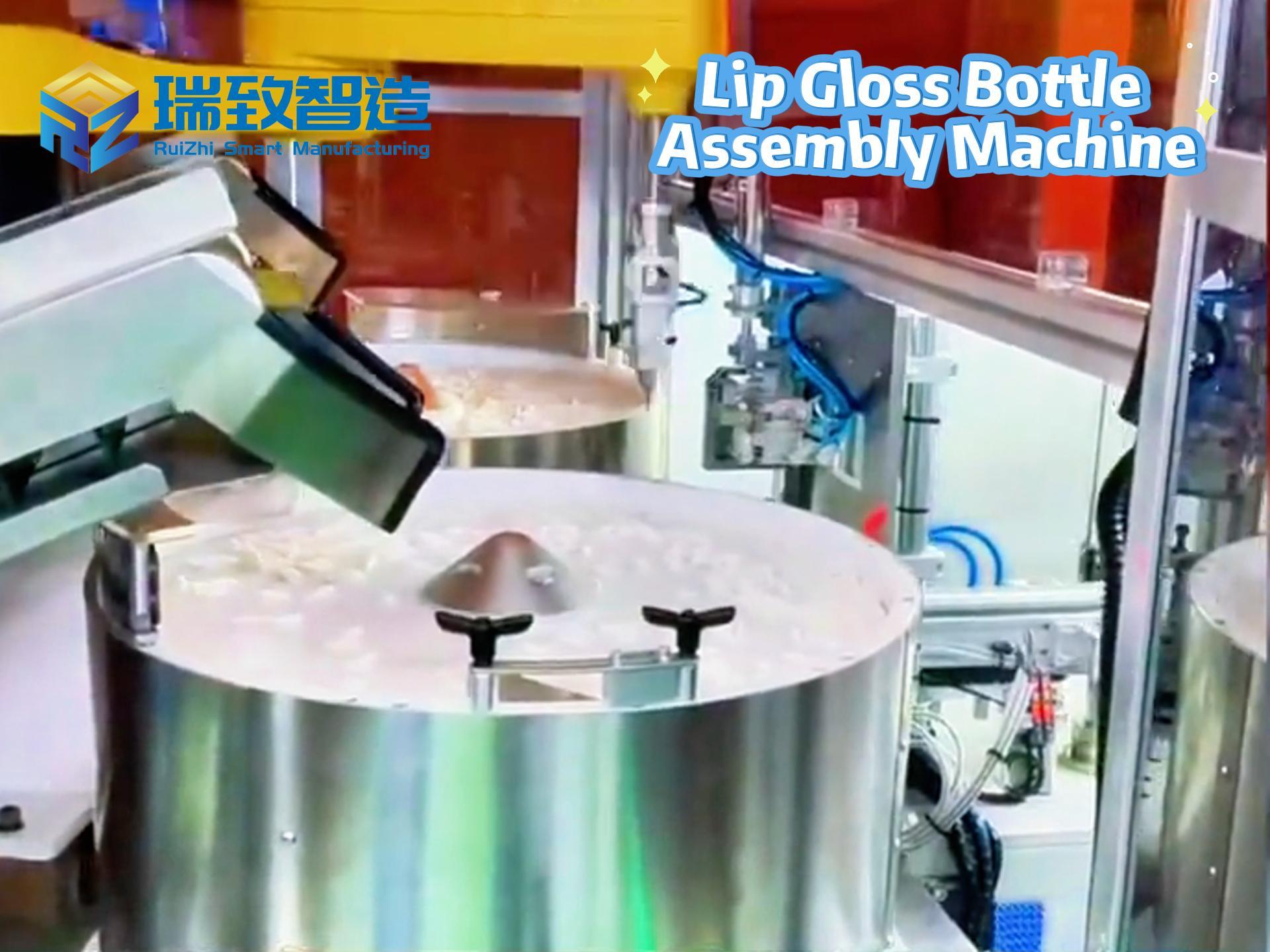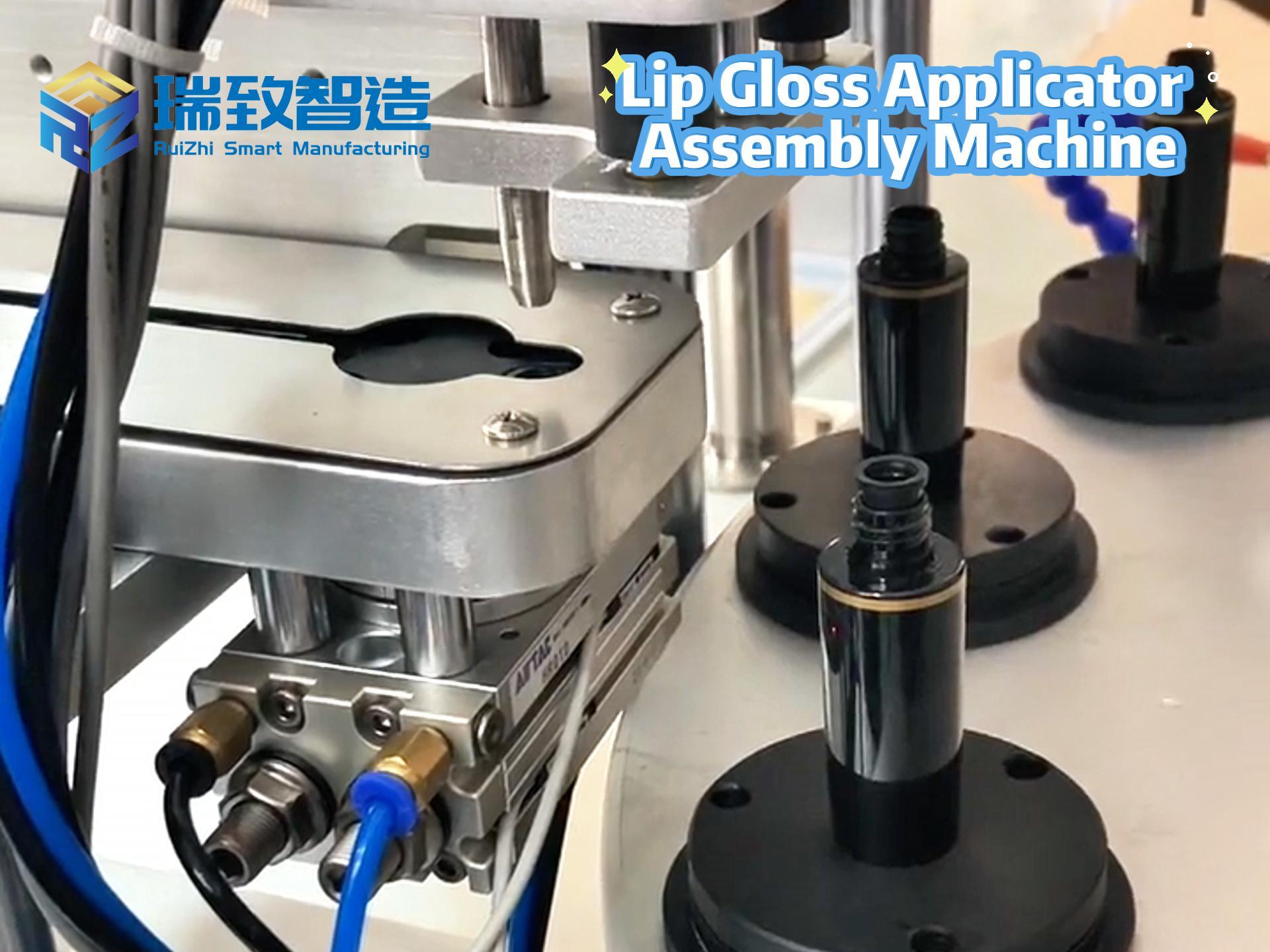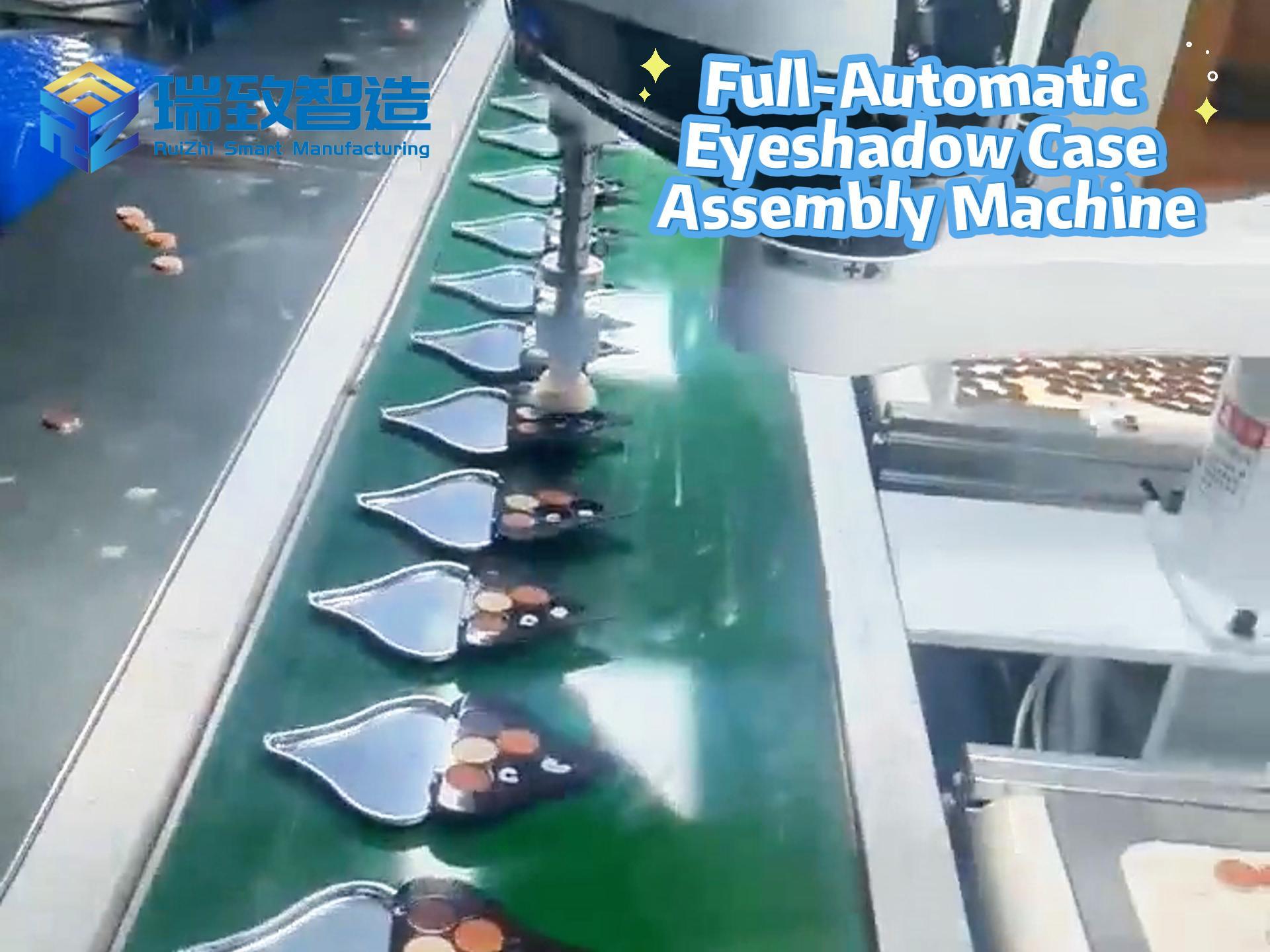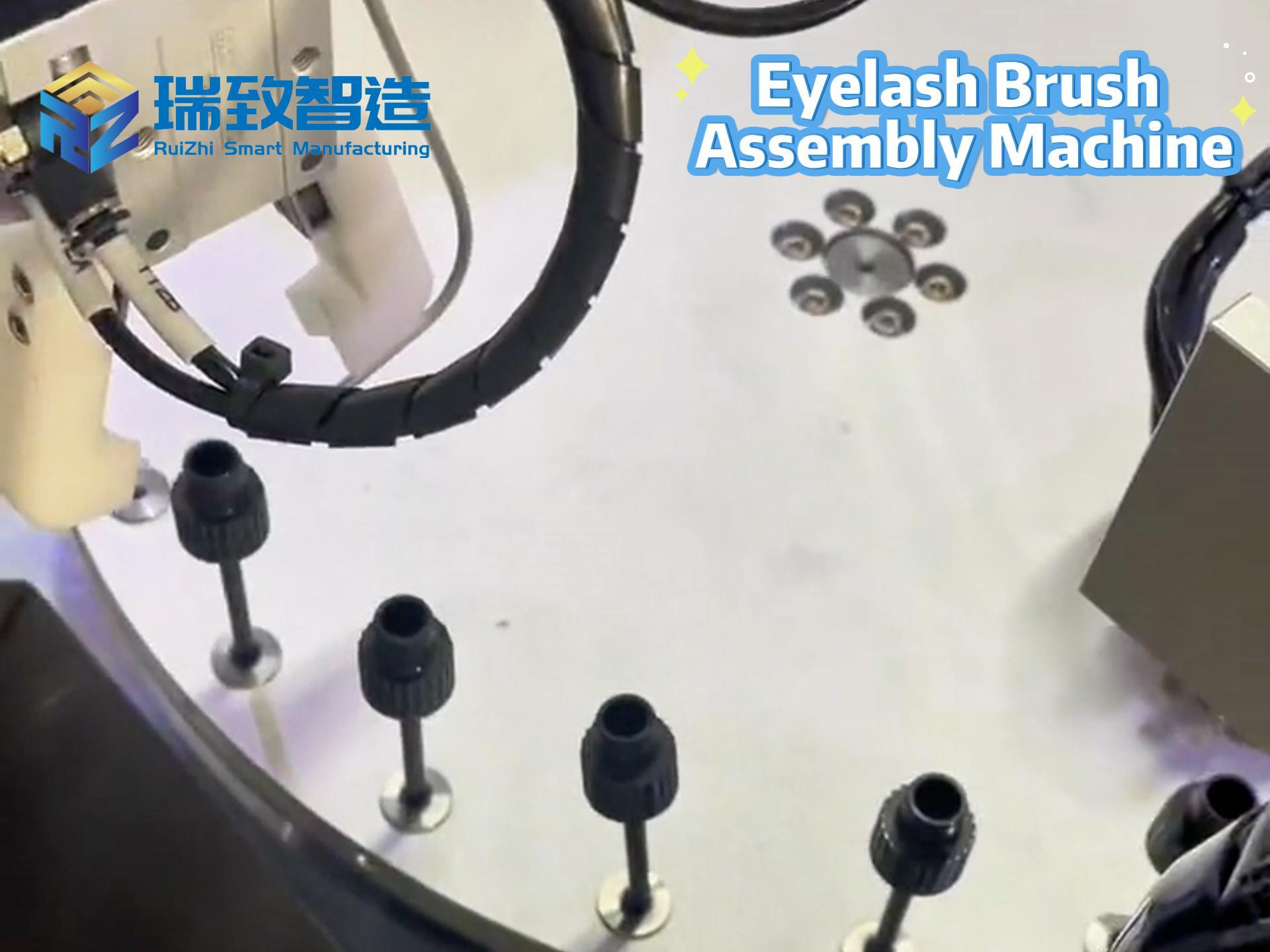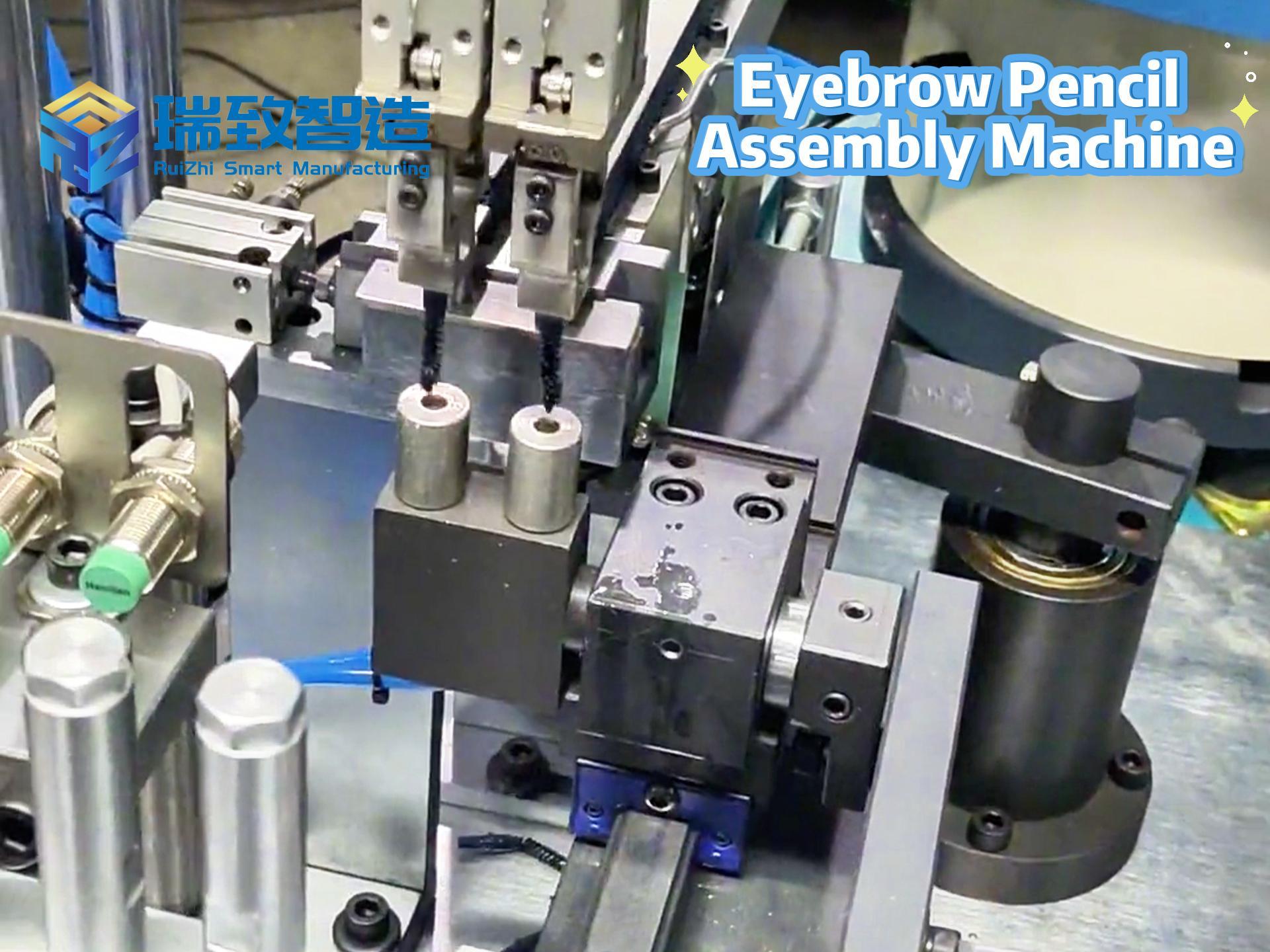In the realm of modern manufacturing, where precision, speed, and scalability define market leadership, the Injection Molded Parts Automated Assembly System with Auto-Loading stands as a cornerstone of efficiency. This integrated solution marries the precision of automated assembly with the seamless material flow of auto-loading, addressing the unique challenges of handling injection-molded components—from their often delicate, irregular geometries to the high-volume demands of mass production. More than a mere collection of machines, it is a synchronized ecosystem that transforms raw plastic parts into finished products with minimal human intervention, redefining productivity in industries ranging from automotive to medical devices.
Defining the System: Core Purpose and Scope
An Injection Molded Parts Automated Assembly System with Auto-Loading is a specialized automation solution designed to:
Auto-loadinjection-molded parts (directly from molding machines or storage) into the assembly workflow without manual handling.
Automate assemblyof these parts through processes like snapping, fastening, welding, or bonding.
Ensure quality and traceabilityvia integrated inspection and data logging.
What distinguishes this system is its closed-loop integration of loading and assembly: it eliminates the “gap” between part production (injection molding) and assembly, creating a continuous, error-resistant flow. For example, a system handling 5mm plastic gears can auto-load 2,000 gears per hour, assemble them into gearboxes, and inspect each unit—all without an operator touching a part.
Key Components: The Building Blocks of Integration
The system’s power lies in the seamless coordination of four core components, each engineered to address the unique traits of injection-molded parts (lightweight, prone to warping, and often irregularly shaped):
1. Auto-Loading Module: From Mold to Assembly
The auto-loading module is the “front end” of the system, responsible for retrieving injection-molded parts and presenting them to the assembly station in precise orientation. Its design varies by part size, geometry, and material:
Vibratory Bowl Feeders with Precision Tooling: For small, uniform parts (e.g., 3mm plastic clips, 10mm syringe plungers), vibratory bowls use controlled vibrations to sort and orient parts. Customized tracks with notches or pockets guide parts into alignment—for instance, a bowl feeding plastic snap-fit tabs might feature a spiral track that rotates each tab 90° to ensure the “snap” faces upward. Lined with food-grade rubber or Teflon, these bowls prevent scratching of sensitive parts like polycarbonate medical device components.
Robotic Bulk Pickers with Vision Guidance: For irregularly shaped parts (e.g., curved automotive plastic housings, hollow toy components with internal ribs), 6-axis robots (e.g., Universal Robots UR10e) equipped with 3D vision systems (Cognex 3D-A5000) sift through bulk bins. Using AI-trained algorithms, the vision system identifies correctly oriented parts and directs the robot’s vacuum gripper (with adjustable suction) to pick them—avoiding tangling or crushing. Force-torque sensors ensure gentle handling: a robot picking 0.5mm-thick plastic film reels applies just 0.2N of pressure to prevent warping.
Inline Integration with Injection Molding Machines: Advanced systems connect directly to molding presses, where a “take-out robot” extracts freshly molded parts (still warm) and places them onto a transfer conveyor. This eliminates intermediate storage, reducing contamination risks (e.g., dust on optical plastic lenses) and leveraging residual heat for easier assembly (e.g., bonding parts while slightly malleable). For example, a system producing plastic laptop bezels extracts parts at 60°C, transfers them to an assembly station, and bonds them to screens before cooling—ensuring a tighter fit.
Conveyor Systems with Part Singulation: For medium-sized parts (e.g., 20cm plastic detergent bottle caps), belt conveyors paired with mechanical singulators (paddles or gates) separate overlapping parts. A vision system checks for proper spacing, triggering a gate to pause the conveyor if parts bunch—critical for consistent robot picking.
2. Automated Assembly Execution: Precision Joining of Molded Parts
Once auto-loaded into position, injection-molded parts undergo assembly via processes tailored to their design—snap-fitting, ultrasonic welding, adhesive bonding, or screw fastening. The assembly module combines robotics and specialized tooling to ensure repeatability:
Collaborative Robots (Cobots) for Flexible Assembly: Cobots (e.g., ABB GoFa, Doosan A0509) excel at tasks requiring adaptability, such as assembling multiple variants of a plastic part. For example, a cobot assembling 5 types of plastic electrical connectors switches between end-effectors (a “pin press” for one variant, a “socket aligner” for another) via quick-change tooling. Force sensors limit pressure to 1.5N when joining polypropylene parts, preventing cracking while ensuring a secure fit.
High-Speed Cartesian Robots for Mass Production: For high-volume, single-variant assembly (e.g., 10,000 plastic bottle lids per hour), Cartesian robots (gantry systems) with multi-axis arms perform repetitive tasks with sub-second cycle times. A system assembling plastic toothbrush handles (bristles + plastic body) uses a gantry robot to pick bristles, align them with 0.1mm precision, and press them into pre-drilled holes—all in 0.8 seconds per unit.
Ultrasonic Welding Stations: For parts requiring hermetic seals (e.g., plastic medical fluid reservoirs, waterproof electronic enclosures), integrated ultrasonic welders (e.g., Branson 2000X) join components by vibrating at 20–40kHz, generating localized heat to melt and fuse plastic. The system controls weld time (0.5–2 seconds) and pressure (5–20N) to avoid damaging internal features—e.g., a reservoir’s inlet valve remains unblocked post-welding.
Adhesive Dispensing Robots: For parts where mechanical joining is impractical (e.g., curved plastic smartphone back panels), robotic dispensers apply precise amounts of UV-curable glue. A vision system guides the dispenser to apply a 0.3mm bead along the panel’s edge, and an inline UV lamp cures the adhesive in 3 seconds—ensuring bond strength of 50N/mm².
3. Control and Inspection: The “Brain” Ensuring Quality
A robust control system synchronizes auto-loading and assembly, while inspection modules verify every step—critical for compliance in regulated industries:
PLC and HMI Integration: A programmable logic controller (PLC, e.g., Siemens S7-1200) acts as the system’s nerve center, coordinating feeder vibrations, robot movements, and assembly tooling. Operators use a human-machine interface (HMI) touchscreen to adjust parameters: increasing bowl vibration speed for smaller parts, or modifying weld time for thicker plastic. Real-time dashboards display key metrics (parts per hour, defect rate, uptime) for quick decision-making.
Machine Vision for Inline Inspection: 2D and 3D cameras (e.g., Keyence XG-X, Basler blaze) inspect parts at multiple stages:
Pre-assembly: Checking for defects like flash (excess plastic) on injection-molded parts, which could interfere with fitting. A vision system rejects 0.5% of parts with flash >0.1mm.
Post-assembly: Verifying correct alignment (e.g., a plastic gear meshing properly with a motor shaft, ±0.02mm tolerance) or successful bonding (e.g., no glue oozing on a medical device).
Data Logging and Traceability: For industries like aerospace or medical, the system logs every step—from the injection mold batch number to assembly timestamp and inspection results—via integration with a manufacturing execution system (MES). This ensures full traceability: if a defect is found, engineers can trace it to a specific mold run or robot calibration issue.
Industry Applications: Transforming Production Across Sectors
The Injection Molded Parts Automated Assembly System with Auto-Loading delivers value across industries, each with unique requirements:
Automotive: High-Volume, Multi-Variant Assembly
Automotive suppliers rely on the system to assemble plastic components (e.g., door handles, sensor housings, connector clusters) in high volumes with frequent variant changes:
Case Study: A Tier 1 auto supplier uses the system to assemble 8 variants of plastic brake fluid reservoirs (differing in port sizes and mounting brackets). Key features:
Robotic bulk pickers with 3D vision sort reservoirs from bulk bins, distinguishing between variants via unique mounting hole patterns.
A cobot with quick-change end-effectors switches between inserting 2mm ports (for compact cars) and 5mm ports (for trucks) in 2 minutes.
Inline vision checks verify port alignment (±0.1mm) to prevent leaks, critical for brake system safety.
Result: The system produces 1,500 reservoirs per hour (2x manual speed) with a defect rate of 0.03% (down from 2.5% with manual assembly).
Medical Devices: Precision and Compliance
Medical device manufacturers use the system for small-batch, high-precision assembly of plastic parts (e.g., inhalers, IV connectors, diagnostic test kits) where sterility and traceability are paramount:
Case Study: A medical firm assembles 50+ variants of plastic inhaler bodies (different dosages, child-safe caps) using the system:
Auto-loading uses enclosed vibratory bowls (class 8 cleanroom-rated) to prevent particle contamination on polypropylene components.
A cobot with a silicone-tipped gripper assembles the inhaler’s two halves, applying 0.8N of pressure to ensure a airtight seal (tested via inline pressure sensors).
MES integration logs every step, including the lot number of the injection mold resin and the cobot’s torque settings—critical for FDA audits.
Result: Small-batch (100 units) assembly costs dropped by 40%, and changeover between variants takes 15 minutes (vs. 2 hours manually).
Consumer Electronics: Micro-Precision for Tiny Parts
Consumer electronics demand assembly of micro-sized injection-molded parts (e.g., 0.3mm camera lens holders, 2mm battery connectors) with sub-millimeter precision:
Case Study: A smartphone OEM uses the system to assemble plastic camera modules (lens holder + filter + housing):
Auto-loading employs a robotic picker with a 0.1mm-diameter vacuum nozzle to handle 0.3mm filters, guided by a 12MP vision system.
A Cartesian robot aligns the filter with the lens holder to ±0.005mm, then bonds them with UV glue (cured in 1 second).
Post-assembly vision checks for glue overflow (rejecting any with >0.01mm excess) to prevent image distortion.
Result: The system assembles 2,000 modules per hour with a defect rate of 0.01%, enabling the OEM to meet tight launch deadlines for new phone models.
Home Appliances: Durability for Daily Use
Home appliance manufacturers leverage the system for assembling plastic components (e.g., dishwasher spray arms, refrigerator shelf brackets) that must withstand repeated use:
Case Study: A appliance maker assembles plastic spray arms (nozzles + housing) using the system:
Auto-loading uses a conveyor with part singulators to feed 15cm housings, ensuring they’re upright for nozzle insertion.
An ultrasonic welder bonds nozzles to housings, with weld parameters adjusted for different plastic grades (ABS vs. polypropylene) via the HMI.
Inline flow testing verifies each arm sprays water evenly—critical for cleaning performance.
Result: Assembly time per arm dropped from 45 seconds (manual) to 8 seconds, with a 90% reduction in warranty claims for clogged nozzles.
Advantages Over Traditional Assembly Methods
The system outperforms manual or semi-automated processes in key metrics:
Metric Traditional Methods (Manual/Semi-Automated) Automated System with Auto-Loading
Throughput 50–200 parts/hour 500–2,000+ parts/hour
Defect Rate 1–5% (scratches, misalignment, missed steps) 0.01–0.5% (precision-controlled)
Labor Requirements 3–5 workers per line 1 operator (monitors 2–3 lines)
Changeover Time 1–2 hours (manual retooling) 5–15 minutes (software/quick-change tooling)
Traceability Limited (paper logs, prone to error) Complete (digital logs, MES integration)
Challenges and Mitigation Strategies
While transformative, implementing the system requires addressing key hurdles:
1. Handling Complex Part Geometries
Irregularly shaped parts (e.g., hollow plastic manifolds with internal ribs) often jam in feeders or resist orientation.
Solutions:
Customized Feeder Tooling: 3D-printed vibratory bowl inserts with part-specific contours guide irregular parts into alignment. For example, a manifold’s bowl insert features grooves that match its external ribs, rotating it into the correct position.
Dual-Vision Systems: Combining 2D (for surface features) and 3D (for depth) vision helps robots identify orientation of complex parts—e.g., distinguishing the “top” and “bottom” of a curved manifold via internal rib patterns.
2. High Initial Investment
The system costs $150,000–$500,000, a barrier for small manufacturers.
Solutions:
Phased Deployment: Start with auto-loading for the most labor-intensive step (e.g., sorting small parts), then add assembly modules later. A medical device firm, for example, first automated loading of syringe plungers, then added robotic assembly 6 months later.
ROI Modeling: Factor in long-term savings—e.g., a $300,000 system for automotive parts recoups costs in 18 months via reduced labor ($150,000/year) and defects ($50,000/year).
3. Maintenance Complexity
Specialized components (e.g., precision vision systems, ultrasonic welders) require skilled technicians for upkeep.
Solutions:
Predictive Maintenance: AI sensors monitor feeder vibration patterns, robot joint temperatures, and weld tool wear, alerting teams to service needs before breakdowns. A system might predict a vibratory bowl motor failure 2 weeks in advance, allowing scheduled replacement.
Vendor Partnerships: Manufacturers partner with system integrators for on-site training and 24/7 support—e.g., a 2-hour response time for critical issues like vision system calibration drift.
Future Trends: Evolving Toward “Intelligent Automation”
The system is evolving with advances in AI, connectivity, and sustainability:
Generative AI for Feeder Design: AI tools will automatically generate 3D models of vibratory bowl inserts or grippers based on a part’s 3D CAD file, reducing tooling design time from days to hours.
Digital Twin Integration: Virtual replicas of the system will simulate assembly processes for new parts, testing feeder speeds, robot paths, and weld parameters to optimize performance before physical implementation—cutting validation time by 50%.
Energy-Efficient Components: Low-power robots (e.g., ABB’s YuMi with 50W consumption) and regenerative vibratory bowls (capturing energy from vibrations) will reduce electricity use by 30%, aligning with sustainability goals.
Human-Robot Collaboration 2.0: Cobots will use voice recognition and gesture control to work alongside operators—e.g., an operator pointing to a misaligned part triggers the system to adjust its vision parameters in real time.
Conclusion: The Future of Injection Molded Parts Assembly
The Injection Molded Parts Automated Assembly System with Auto-Loading is more than a production tool—it is a catalyst for innovation in plastic manufacturing. By seamlessly integrating auto-loading (eliminating manual material handling) with precision assembly (ensuring consistent quality), it addresses the dual demands of modern manufacturing: speed and customization.
From automotive plants churning out thousands of parts daily to medical facilities crafting life-saving devices in small batches, this system proves that automation can be both flexible and precise. As it evolves—becoming smarter, more efficient, and more accessible—it will continue to redefine what’s possible, ensuring that injection-molded parts remain a cornerstone of modern product design. For manufacturers, embracing this system isn’t just an investment in machinery; it’s an investment in staying competitive in a world where efficiency, quality, and adaptability are non-negotiable.
#difference between programmable and flexible automation #flexible automation system corporation #machine assembly

